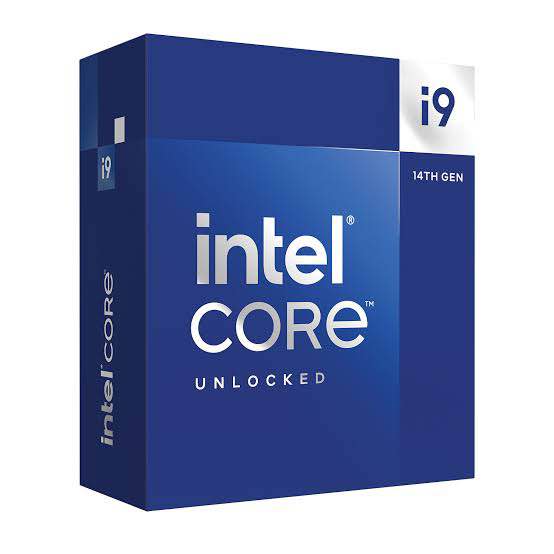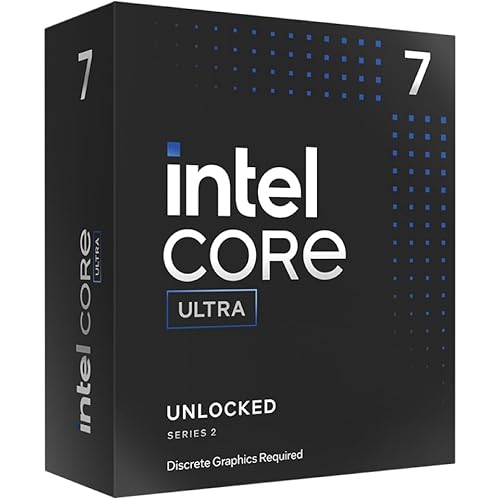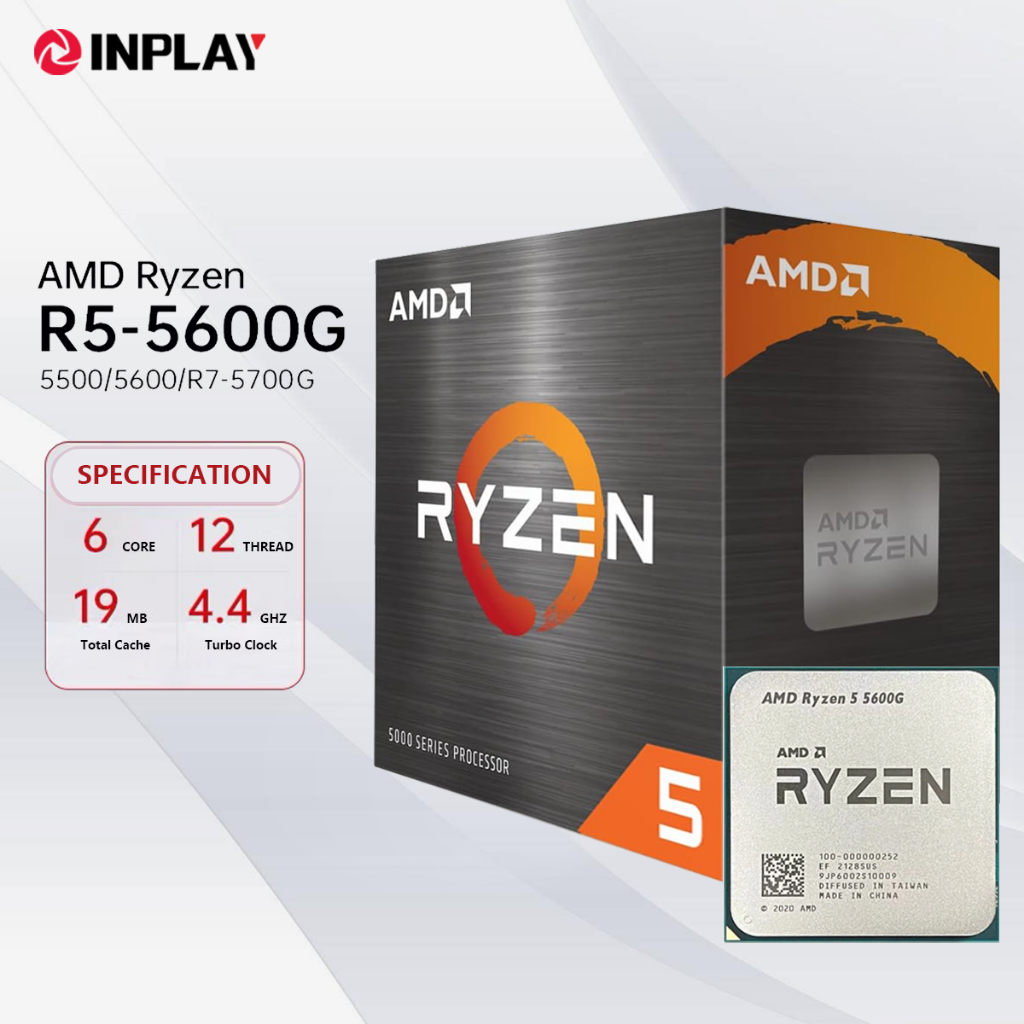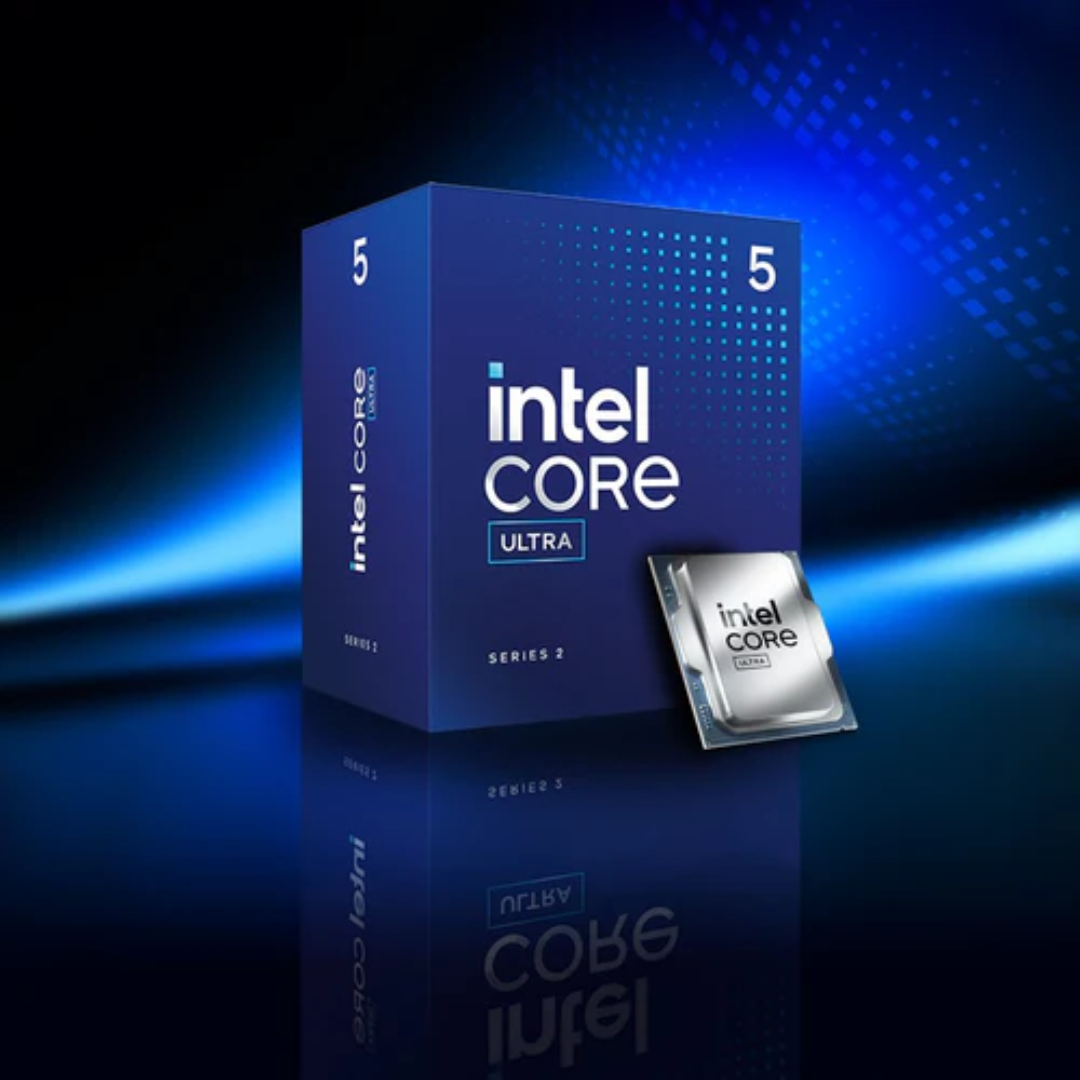Introduction
The performance of a processor is one of the most critical factors in determining how well your computer will run applications, handle multitasking, and provide an overall smooth user experience. While clock speed (measured in GHz) has long been used as a simple metric to gauge processor performance, it only tells part of the story. True processor performance encompasses a range of metrics beyond raw clock speed, including architecture design, manufacturing process technology, cache memory hierarchy, thermal design power (TDP), and software optimization.
This article delves into these various aspects that contribute to true processor performance, providing readers with valuable insights on how different factors influence the overall efficiency and capabilities of a CPU. Whether you are a tech enthusiast or someone looking to make an informed decision when choosing a new processor for your system, understanding these metrics can help you select the best fit for your needs.
Understanding Clock Speed vs. True Performance
Clock speed is often used as a simple measure of how fast a CPU operates, but it doesn’t tell the whole story. A higher clock speed means that each core within a processor can execute more instructions per second, which generally translates to better performance in single-threaded applications. However, modern processors have evolved beyond just raw clock speeds.
Multi-Core Processors
The introduction of multi-core processors has significantly changed the landscape of computing power. Today's CPUs typically feature two or more cores on a single chip, enabling them to handle multiple tasks simultaneously with greater efficiency than a single high-speed core could manage alone. This parallel processing capability is crucial for running complex applications and multitasking efficiently.
Hyper-Threading
Intel’s Hyper-Threading technology allows a single physical processor core to act as two logical cores, thereby increasing the system's ability to handle multiple threads at once. AMD has a similar feature called Simultaneous Multithreading (SMT). These technologies enhance the performance of multi-threaded applications by allowing more tasks to be processed concurrently.
Manufacturing Process Technology
The manufacturing process technology, often referred to as the node size, determines how small and efficient a processor can be made. A smaller node size allows for higher clock speeds while maintaining lower power consumption. For example, Intel’s 10nm (Nemesis) and AMD's 7nm (Zen 2) processes enable modern CPUs to achieve better performance with less heat generation.
While clock speed is still a useful metric, it is essential to consider other factors that contribute to the overall performance of a CPU. Understanding these elements will help you make an informed decision when selecting a processor for your system.
CPU Architecture Design
The architecture design of a CPU plays a crucial role in determining its performance capabilities and power efficiency. Modern processors are designed with advanced microarchitectures that optimize the execution of instructions, memory management, and cache utilization to enhance overall performance.
Instruction Set Architecture (ISA)
The ISA defines how software interacts with hardware at the machine-code level. It includes a set of rules for executing operations such as addition, subtraction, multiplication, and division. Different ISAs can have varying levels of efficiency and capabilities, impacting overall performance.
Microarchitecture
The microarchitecture is the design blueprint that determines how instructions are executed at a lower level within the CPU. It includes details about pipeline stages, cache hierarchy, branch prediction mechanisms, and other internal components. Modern CPUs like Intel’s Skylake or AMD's Zen architecture have highly optimized microarchitectures for better performance.
CACHE Hierarchy
The cache hierarchy is a critical aspect of CPU design that significantly influences performance. A well-structured cache system ensures rapid access to frequently used data, reducing the need for slower main memory (RAM) accesses. Modern CPUs typically have multiple levels of cache—L1, L2, and sometimes L3 caches—to optimize data retrieval.
Branch Prediction
Branch prediction is a technique used by modern processors to predict which path a program will take when encountering conditional statements or loops. This allows the CPU to fetch instructions ahead of time, reducing execution delays and improving overall performance.
Manufacturing Process Technology
The manufacturing process technology, also known as the fabrication node or simply the "node," is a critical factor in determining a processor's performance, power efficiency, and cost. Smaller nodes typically offer better performance due to reduced transistor size, lower voltage requirements, and improved heat dissipation.
Smaller Nodes
A smaller manufacturing process allows for denser integration of transistors on the chip, leading to higher clock speeds and greater power efficiency. For example, Intel’s 10nm (Nemesis) node enables better performance per watt compared to its previous 14nm processes.
Power Efficiency
Modern CPUs are designed with a focus on energy-efficient operation to minimize heat generation and extend battery life in laptops. Advanced manufacturing techniques, such as FinFET transistors used by Intel and AMD, contribute significantly to achieving this goal.
Heat Dissipation
Better thermal management is crucial for maintaining stable performance under heavy loads. Smaller nodes help reduce heat generation, but effective cooling solutions like high-quality heatsinks or liquid cooling are also essential to ensure optimal CPU operation.
CACHE Memory Hierarchy
The cache memory hierarchy in a processor plays a vital role in optimizing data access speed and overall system performance. Cache is faster than main memory (RAM) but has limited capacity, so modern CPUs use multiple levels of cache to balance performance and efficiency.
L1 Cache
Level 1 (L1) cache is the smallest and fastest type of cache within a CPU core. It stores frequently used data and instructions for quick access, reducing the need to fetch them from slower L2 or main memory.
L2 Cache
Level 2 (L2) cache serves as an intermediary between the L1 cache and main memory. Each core typically has its own dedicated L2 cache that is larger than L1 but still faster than accessing data directly from RAM.
L3 Cache
The Level 3 (L3) cache is a shared resource among multiple cores within a CPU die. It provides additional capacity for storing commonly accessed data across all cores, further enhancing performance by reducing the number of main memory accesses required.
Power Management and Efficiency
Efficient power management is crucial for maintaining high performance while minimizing energy consumption and heat generation in CPUs. Modern processors incorporate advanced power-saving techniques to optimize performance under varying workloads.
CPU Voltage Scaling
Voltage scaling allows the CPU to adjust its operating voltage based on workload demands. Lower voltages can reduce power consumption without significantly impacting performance, while higher voltages enable increased clock speeds for demanding tasks.
Thermal Management
Effective thermal management is essential for maintaining stable performance and longevity of CPUs. Advanced cooling solutions like liquid cooling or high-quality air coolers help dissipate heat efficiently, preventing temperature-related throttling.
Energy-Efficient Design
Modern processors are designed with energy efficiency in mind to minimize power consumption while delivering optimal performance. Features such as dynamic clock speed adjustments, adaptive voltage control, and low-power states contribute to achieving this goal.
Conclusion
In conclusion, selecting a CPU for your system involves considering multiple factors beyond just clock speed. The architecture design, manufacturing process technology, cache hierarchy, power management, and thermal efficiency all play critical roles in determining overall performance and energy efficiency. By understanding these aspects, you can make an informed decision when choosing the right processor for your needs.
Summary
A comprehensive evaluation of a CPU should include:
- Clock Speed: Important but not the only metric.
- Multi-Core Architecture: Key for efficient multitasking and performance in modern applications.
- Microarchitecture: Advanced designs like Intel’s Skylake or AMD's Zen enhance efficiency.
- CACHE Hierarchy: Optimizes data access speed, crucial for overall performance.
- Manufacturing Process Technology: Smaller nodes improve power efficiency and thermal management.
By considering these factors, you can ensure that your chosen CPU provides optimal performance while maintaining energy efficiency.
Frequently Asked Questions (FAQ)
Q: What is the difference between L1, L2, and L3 cache?
A: L1 Cache: Smallest and fastest; stores frequently used data for quick access within a core.
- L2 Cache: Larger than L1; dedicated to each core, acting as an intermediary between L1 and main memory.
- L3 Cache: Shared among multiple cores on the same die; provides additional capacity for storing commonly accessed data across all cores.
Q: How does voltage scaling impact CPU performance?
A: Voltage scaling allows CPUs to adjust their operating voltage based on workload demands. Lower voltages reduce power consumption without significantly impacting performance, while higher voltages enable increased clock speeds for demanding tasks.
Q: What role does thermal management play in CPU efficiency?
A: Effective thermal management ensures stable operation by dissipating heat efficiently through advanced cooling solutions like liquid cooling or high-quality air coolers. Proper thermal control prevents temperature-related throttling, maintaining optimal performance and longevity.
By understanding these factors, you can make an informed decision when selecting the right CPU for your system's needs, balancing performance with energy efficiency and thermal stability.
Q: Can a processor’s clock speed be increased beyond its rated specifications?
A: While overclocking (increasing clock speed beyond factory settings) is possible, it requires careful consideration of heat management and voltage requirements. Overclocking can enhance performance but also increases power consumption and risk of hardware damage if not done correctly.
Q: How do different instruction sets affect CPU performance?
A: Different instruction sets (like x86-64, ARM) have varying levels of efficiency in executing specific types of tasks. CPUs designed for certain instruction sets may excel in particular applications but might be less efficient in others.
Q: What is the significance of CPU core count?
A: More cores generally mean better multitasking and parallel processing capabilities, especially beneficial for multi-threaded workloads like video rendering or gaming. However, performance also depends on microarchitecture efficiency.
These FAQs provide additional insights into various aspects of CPU selection and optimization, helping users make informed choices based on their specific requirements.
Q: What is the difference between single-core and multi-core CPUs?
A: Single-Core: Contains one processing unit; suitable for basic tasks but limited in handling multiple processes simultaneously.
- Muti-Core: Includes multiple independent cores, enabling better multitasking and performance in complex applications by distributing workloads across several processors.
Q: How does microarchitecture affect CPU efficiency?
A: Advanced microarchitectures (like Intel's Skylake or AMD's Zen) optimize instruction handling and memory access, enhancing overall performance and power efficiency compared to less efficient designs.
By addressing these questions, users gain a deeper understanding of the complexities involved in selecting and optimizing CPUs for optimal system performance.

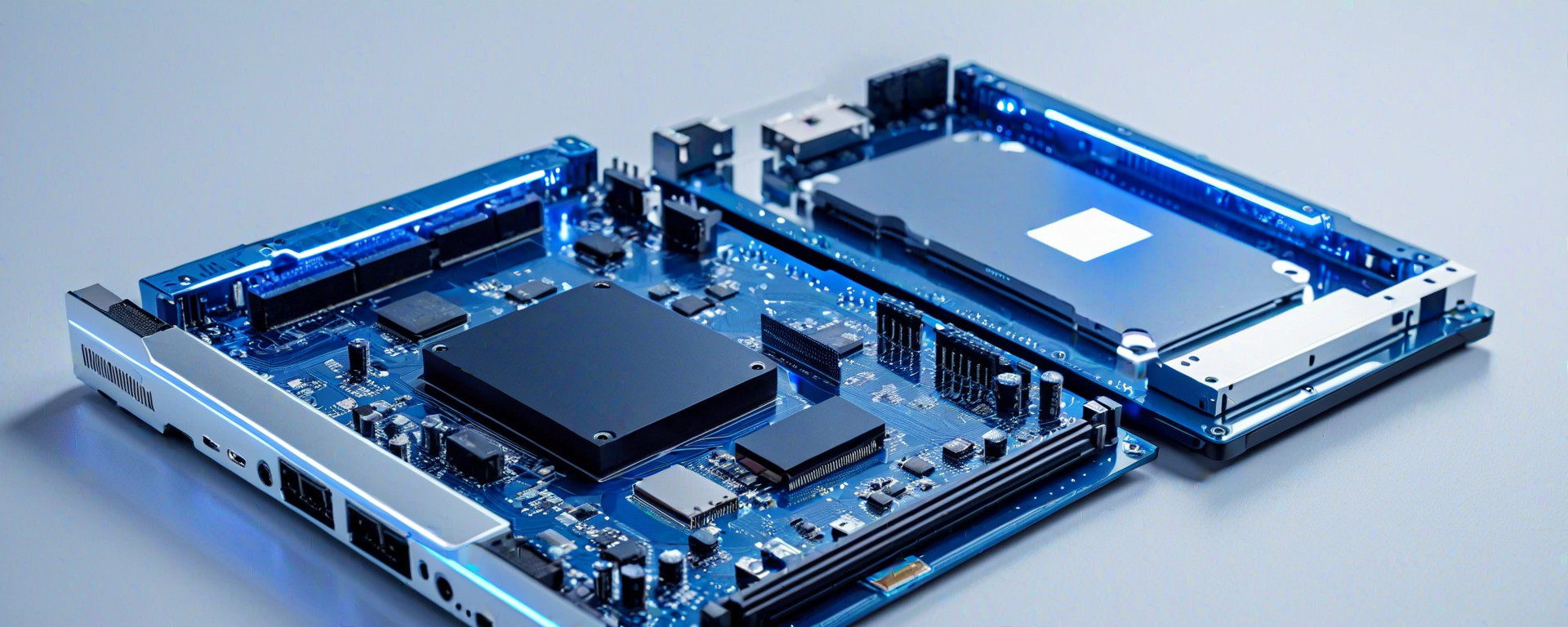


![Intel CPU Corei7-14700KF 14th generation 20(8P+12E) 3.4GHz (Max 5.6GHz) [1-year agency warranty / domestic product] BX8071514700KF /AZ](https://img.lazcdn.com/g/p/5f1a9f46491451372ffc7c7f75382f01.jpg)
